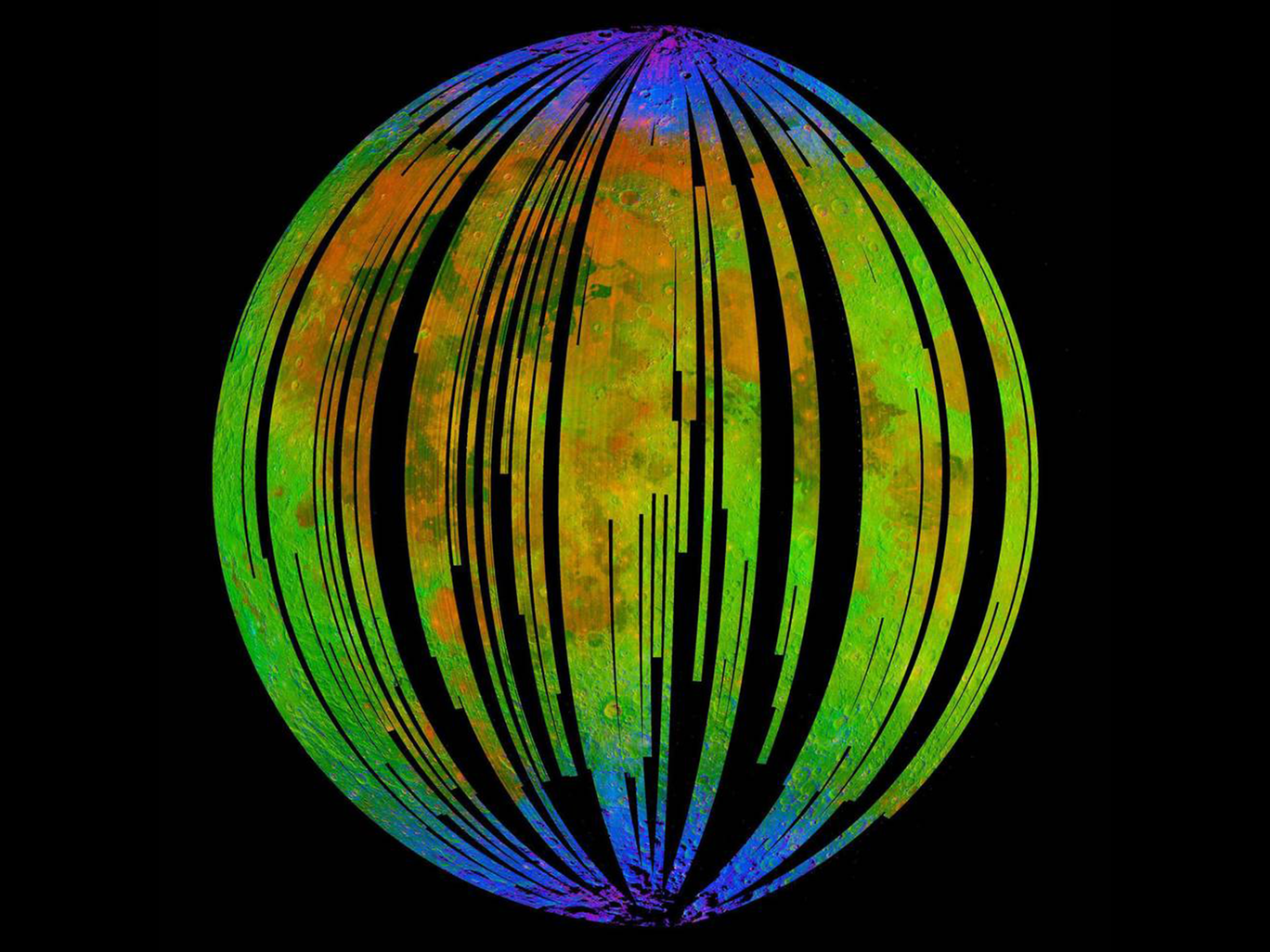
Have you ever thought that the moon will start rusting?
ISRO’s Another Research, made your this misconception true. Scientist studying data from Chandrayaan-I orbiter. Discovered that Moon is Rusting and the fun fact is Earth is Partially responsible for causing it.
studying data from the Indian Space Research Organisation’s Chandrayaan-1 orbiter, reveals that the moon’s poles have a significantly different composition than the rest.
Hematite
It is a form of Iron oxide, known as Rust. But to turn Iron to Rust requires Oxygen. However moon lacks Atmosphere (means No Oxygen).
Hematite is a form of iron oxide, commonly known as rust; however, in order for iron to become rust oxygen must be present – something the moon is infamously lacking. Li said in a statement “It’s very puzzling,”. “The moon is a terrible environment for hematite to form in.”Li contact NASA JPL ( Jet Propulsion laboratory ).“But since we discovered water on the moon, people have been speculating that there could be a greater variety of minerals than we realise if that water had reacted with rocks.” Abigail Fraeman, one of the JPL scientists, said.
There’s 3 Explainations that describes presence of rust on moon.
The presence of rust on the moon can be explained in three ways, the scientists discovered. Although the moon does not have an atmosphere, it does have trace amounts of oxygen present because of the Earth’s magnetic field.
Oxygen travels about 385000 km towards the moon by Earth’s magnetic field by magnetotail. This explains why there’s greater amount of Hematite on earth facing side of the moon.

It is also possible that more oxygen was transferred to the moon when it was closer to the Earth, as the two bodies have been moving further away from each other for billions of years.Another cause is the amount of hydrogen present on the moon. Hydrogen bombards both the moon and the Earth, travelling across space via solar winds from the Sun.
Hydrogen is a reducer, which means it add electrons to the materials it comes in contact with, as opposed to an oxidiser which removes electrons.
The Earth’s magnetic field protects it from this, but the moon has no such protection.
However, the Earth’s magnetotail, as well as passing oxygen to the moon, also blocks nearly all of the solar wind activity whenever the moon is full. This means there is an opportunity for rust to form during the moon’s lunar cycle.
The third factor is the water ice that is present on the moon, found under lunar craters on the moon’s far side. Li has suggested that dust particles that regularly hit the moon could free these water molecules, mixing with iron and then becoming heated to increase the oxidisation rate.
This would explain why hematite was detected far from the moon’s craters, however, more research is needed to be done to fully explain how the water is interacting with rock.
Such research could help explain why hematite found on other airless bodies like asteroids.
“It could be that little bits of water and the impact of dust particles are allowing iron in these bodies to rust,” Fraeman said.
The research will be published in Science Advances.
